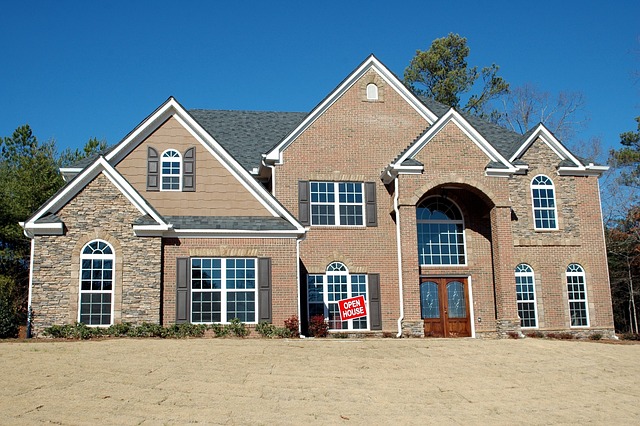In real estate, understanding building types is crucial for successful investment and occupancy. Office spaces support professional activities, retail buildings maximize foot traffic, and industrial spaces cater to manufacturing and logistics. Key considerations include location, building age, zoning, market trends, and compliance with local regulations. Future trends in commercial real estate involve smart buildings integrated with advanced technologies and sustainability practices, such as green building certifications and eco-conscious design elements.
In the dynamic landscape of real estate, understanding various building types is paramount for investors and occupiers alike. This article delves into the unique characteristics of office, retail, and industrial spaces, providing insights that cater to evolving market demands. From appreciating the collaborative nature of offices to the footfall-driven dynamics of retail and the logistical efficiency of industries, we explore key considerations shaping the future of commercial real estate. Discover trends and innovations revolutionizing how we perceive and utilize these essential property sectors.
Understanding Building Types: Office, Retail, and Industrial Spaces

In the vast landscape of real estate, understanding the nuances of different building types is essential for both investors and occupants. Office spaces stand as hubs of professional activity, designed to facilitate the work environment with amenities like high-speed internet, conference rooms, and ergonomic furniture. They cater to a diverse range of businesses, from startups to multinational corporations, often located in urban centers to attract talent and clients.
Retail buildings, on the other hand, are dedicated to commerce, housing stores that display and sell products directly to consumers. These spaces prioritize foot traffic, visibility, and accessibility, incorporating features like ample parking, distinctive facades, and interior layouts optimized for browsing. From boutique shops to large mall complexes, retail spaces evolve with consumer trends, creating vibrant destinations that drive local economies. Industrial buildings, likewise, serve as the backbone of manufacturing and logistics operations, featuring expansive floor plans, high ceilings, and specialized infrastructure. They accommodate activities such as warehousing, assembly lines, and distribution centers, playing a crucial role in the supply chain and economic growth.
Key Considerations for Real Estate Investors and Occupiers

When considering investments or leases in office, retail, or industrial buildings, real estate investors and occupiers must weigh several crucial factors. The location is a key aspect, balancing accessibility for tenants and foot traffic for retailers against rental costs and competition in a given area. Building age and condition are equally important; while newer structures may come with higher upfront costs, they offer benefits like energy efficiency and modern amenities that can enhance productivity and tenant retention.
Another vital consideration is the property’s zoning and use restrictions. Ensuring that the building complies with local regulations for its intended purpose (e.g., mixed-use, retail, manufacturing) prevents legal issues down the line. Additionally, investors should analyze market trends and local economies to predict rental demand and potential returns on investment. Occupiers, too, benefit from understanding these factors to make informed decisions regarding their workspace needs and long-term strategic plans.
The Future of Commercial Real Estate: Trends and Innovations

The future of commercial real estate is brimming with innovative trends that are reshaping how we work, shop, and interact with spaces. One prominent shift is the rise of smart buildings equipped with advanced technologies such as automation, Internet of Things (IoT) devices, and energy-efficient systems. These integrations enhance property management, improve tenant experiences, and reduce operational costs. For instance, automated lighting and temperature controls adjust based on occupancy and time of day, while IoT sensors monitor equipment health, enabling predictive maintenance.
Moreover, sustainability is a growing priority, with green building certifications becoming the norm rather than the exception. Eco-conscious design elements like solar panels, rainwater harvesting systems, and energy-efficient construction materials are gaining traction. As tenants become more environmentally conscious, real estate investors are responding by developing and acquiring properties that offer reduced carbon footprints. This trend not only benefits the environment but also appeals to a wider range of tenants who prioritize sustainability in their workspaces.






